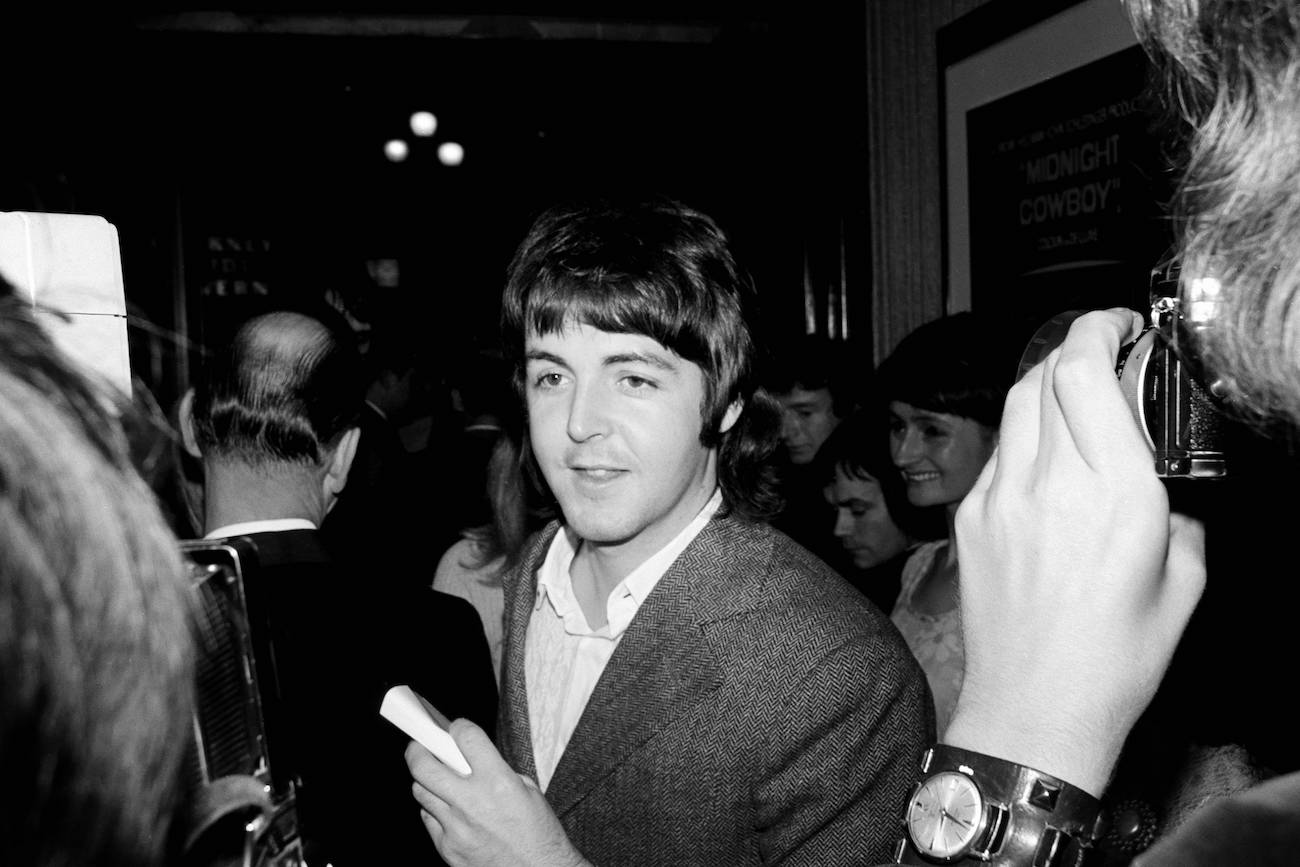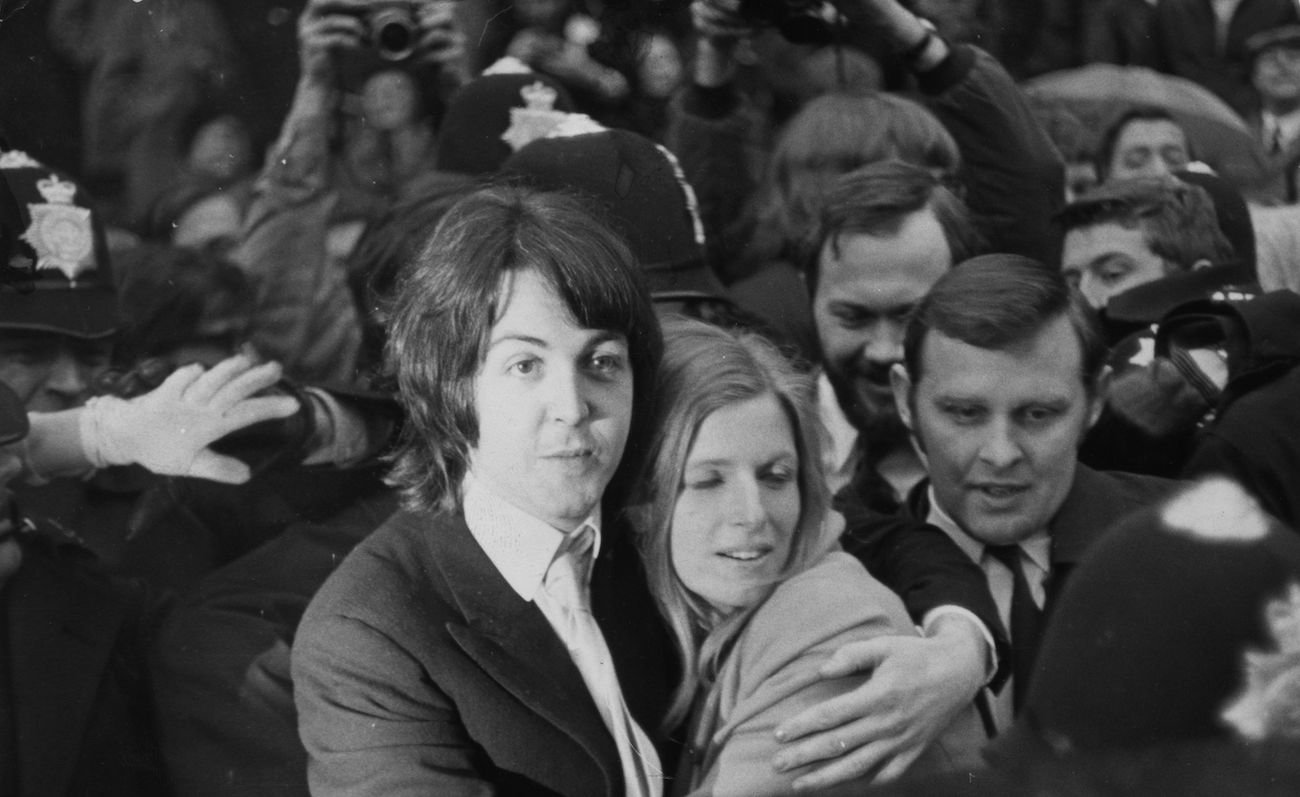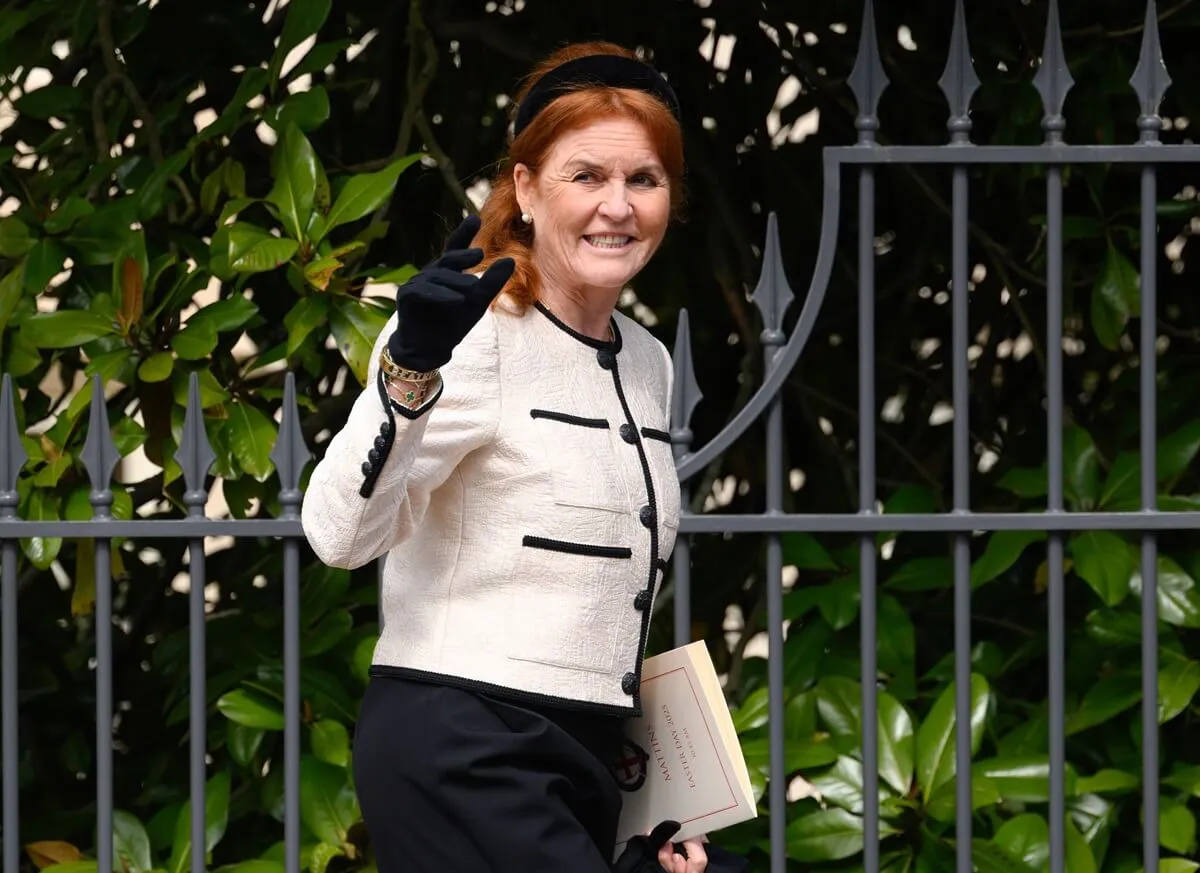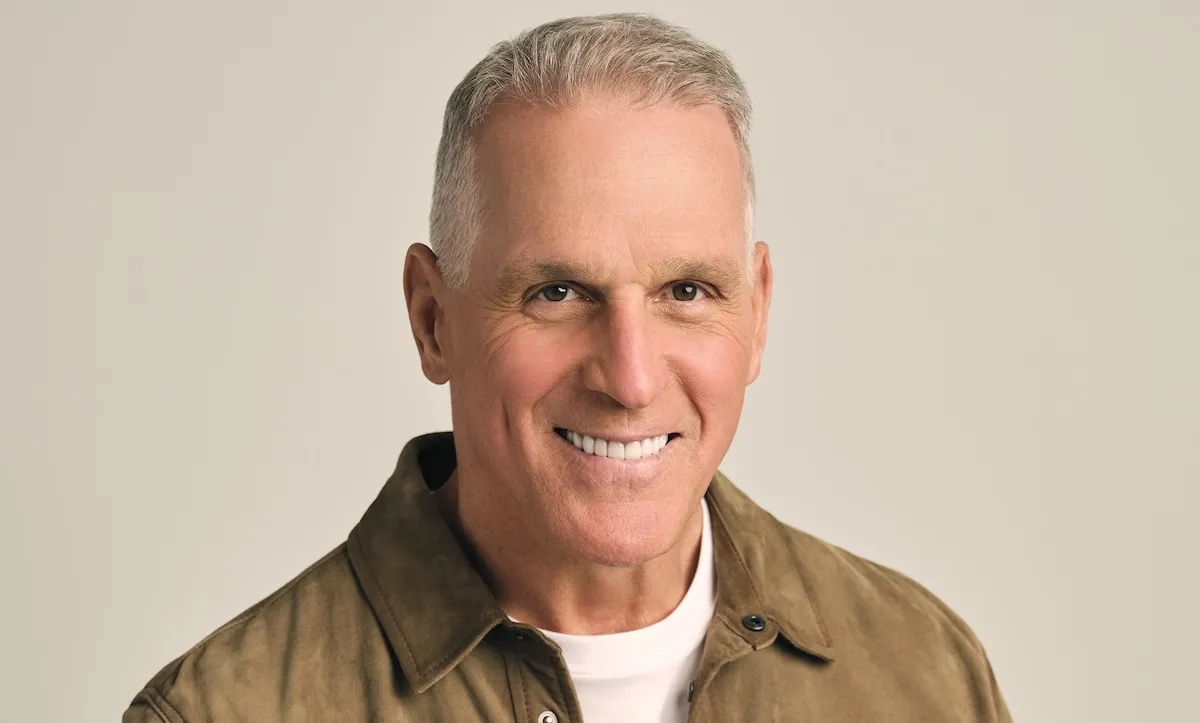
Why Paul McCartney Really Threw Garbage at Journalists Wanting a Response to the ‘Paul Is Dead’ Conspiracy Theory
Paul McCartney threw kitchen scraps at a couple of journalists who wanted a response from him on the growing “Paul is Dead” conspiracy theory. However, the former Beatle wasn’t angry at the rumor they were trying to debunk. It was more about the journalists trespassing on his private land.

Two journalists decided to intrude on Paul McCartney and his family to get his views on ‘Paul is Dead’
According to Adrian Sinclair and Allan Kozinn’s The McCartney Legacy: Volume 1: 1969 – 73, Life magazine chose photographer Terence Spencer (who’d shot The Beatles periodically starting in 1963) and Dorothy Bacon “to track down” Paul and get his response to “a rumor sweeping the globe, to the effect that the doe-eyed bassist, singer and songwriter had been killed in an automobile accident in 1966, and that the Beatles, having suppressed word of his death, filled their post-1966 recordings with “clues” pointing to the truth.”
Otherwise known as the “Paul is dead” conspiracy theory that still lives on the internet today.
Bacon had tried calling Paul from London, but he didn’t answer. So she drove to Scotland with Spencer. Their destination was High Park, Paul’s “hard-to-find, harder-to-reach” farm in the Scottish countryside near Campbeltown. The pair arrived on Nov. 1, 1969. However, their first attempt to reach High Park was useless.
Paul threw trash at the journalists once they infiltrated his property
The pair had to cross the neighboring Low Park farm to get to High Park. That proved more challenging than they imagined because the owner, lan McDougall, had agreed to prevent fans and reporters from reaching Paul’s property.
Sinclair and Kozinn wrote, “McDougall sent them packing, but later that afternoon, as they sat in a Campbeltown pub weighing their options, Spencer and Bacon overheard one of the locals tell another he would see him in church the next morning, and they realized that McDougall would likely be in church, too, leaving the way to High Park unguarded. So on Sunday at about 11:00 a.m., they tried again.”
“Parking our hired car on the small road we started walking,” Spencer wrote. “We trekked over the hills, through bogs and waded across fast-flowing streams, arriving at the lonely farmhouse as unshaven Paul walked out of the front door carrying a slop pail. He took a startled look in our direction and the angel face distorted in creases of rage as he slung abuse at us.
“I had preset my camera and, when he turned to re-enter the house, I took a quick shot, knowing it would be my last. He heard the click, turned, and threw the slop pail at me. I took another shot of it in mid-air or rather tried to, since at the moment he charged me with flailing fists, and I was hit for the first time in twenty years of covering trouble around the world-by a Beatle!”
Sinclair and Kozinn added, “It was a bad move, probably the worst thing he could have done at the moment. Paul McCartney, the most publicity-savvy of the Beatles, knew that the instant he hurled a bucket of kitchen scraps at a pair… As the vegetable scraps, dirty water, and dinner leftovers flew through the air, Paul focused on his targets and realized that he knew one of the intruders.”
However, Paul didn’t care about the reason the intruders were there. He only cared that they’d breached his privacy, something he craved at the time.
Paul wanted privacy, not to deny claims he was a Paul look-a-like for all the ‘Paul is dead’ believers
Nine days before the journalists infiltrated Paul’s haven, the former Beatle gave an interview to the BBC’s Chris Drake to prove his existence. However, the two journalists wanted proof for themselves. Coming and trespassing on his property angered Paul more than their reason for intruding. Paul told Drake that he was entering a period where he wanted privacy.
“I always used to do, sort of, an interview a week almost, for a newspaper, or for something, just to keep my name in the headlines,” Paul explained, “because, I don’t know, you just go through a phase of wanting to be up there in the limelight. But I’m going through a phase now where I don’t wanna be in the limelight.”
Sinclair and Kozinn wrote, “Now he wanted what he came to Scotland for-peace and quiet, time to think. Paul had flown to Scotland on October 22 with his wife of just over seven months, Linda Eastman McCartney, their two-month-old daughter, Mary, and Heather, Linda’s daughter from her first marriage (whom Paul adopted shortly after marrying Linda), hoping to get away from reporters and photographers, the other Beatles, and the staff at Apple, the Beatles’ supposedly utopian company.”
On top of all those issues, Paul was dealing with The Beatles’ split, which no one knew about yet. So, many complicated things were happening to Paul, and he didn’t care about “Paul is Dead.” All he wanted was to get away. He went to Scotland to “tend to the psychic wounds that those battles left.”
During a 2016 interview with Mastertapes for Radio 4 (per the Guardian), Paul revealed he drank heavily and often contemplated quitting music after The Beatles split.
“I was depressed,” Paul said. “You would be. You were breaking from your lifelong friends. So I took to the bevvies. I took to a wee dram. It was great at first, then suddenly I wasn’t having a good time … It was difficult to know what to do after the Beatles. How do you follow that?”
So, the journalists intruded on a challenging time in Paul’s life. No wonder he threw slop at them. Thankfully, Paul didn’t stay in his funk for very long.
Read more about Paul’s post-Beatles life in The McCartney Legacy: Volume 1: 1969 – 73


